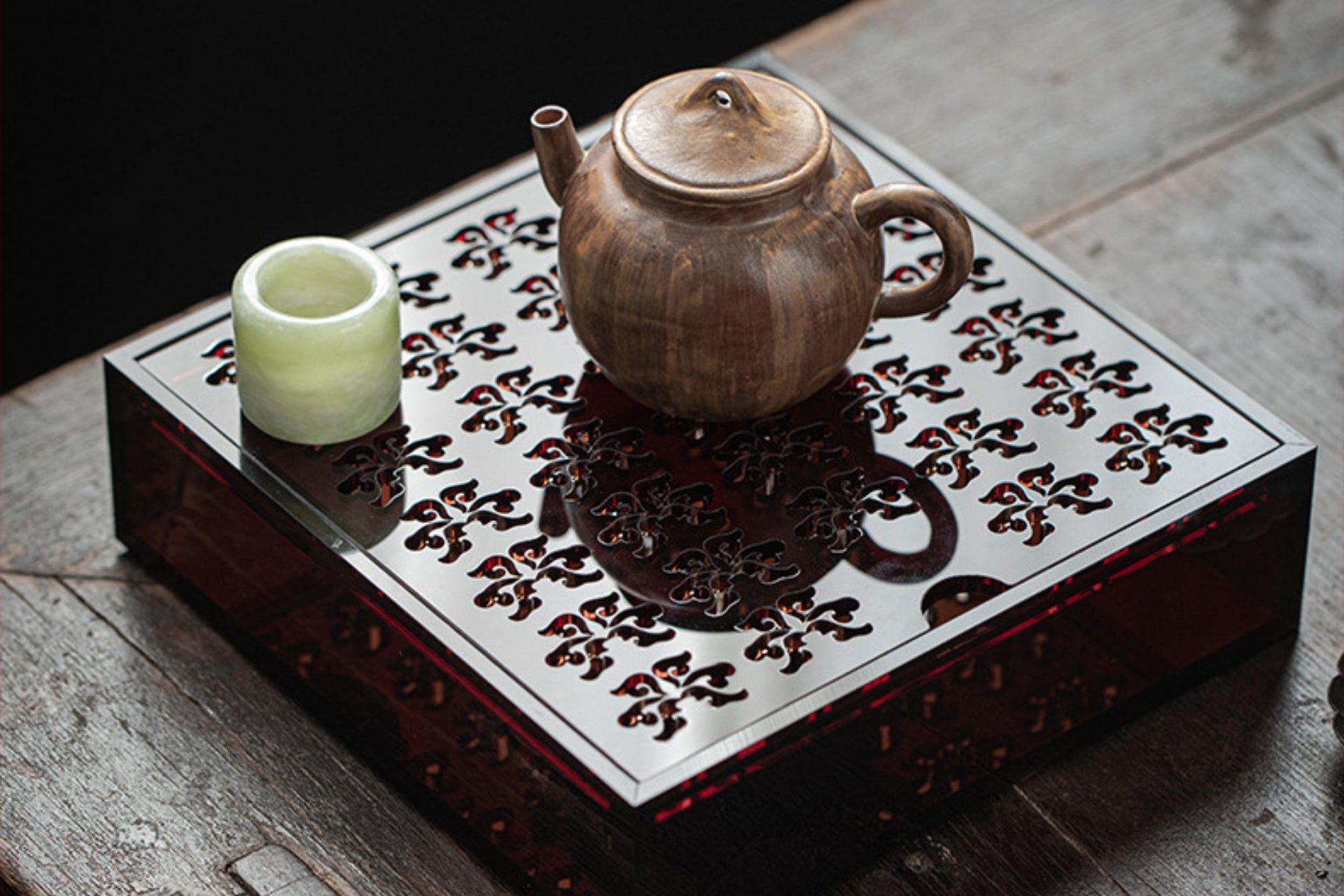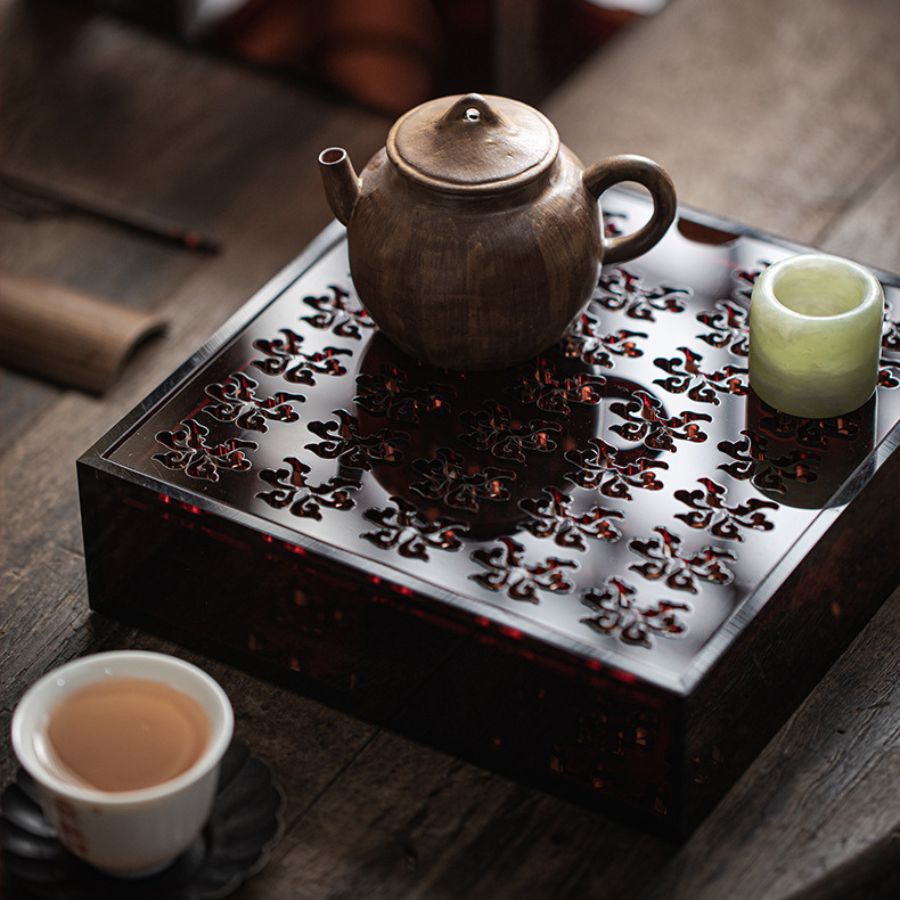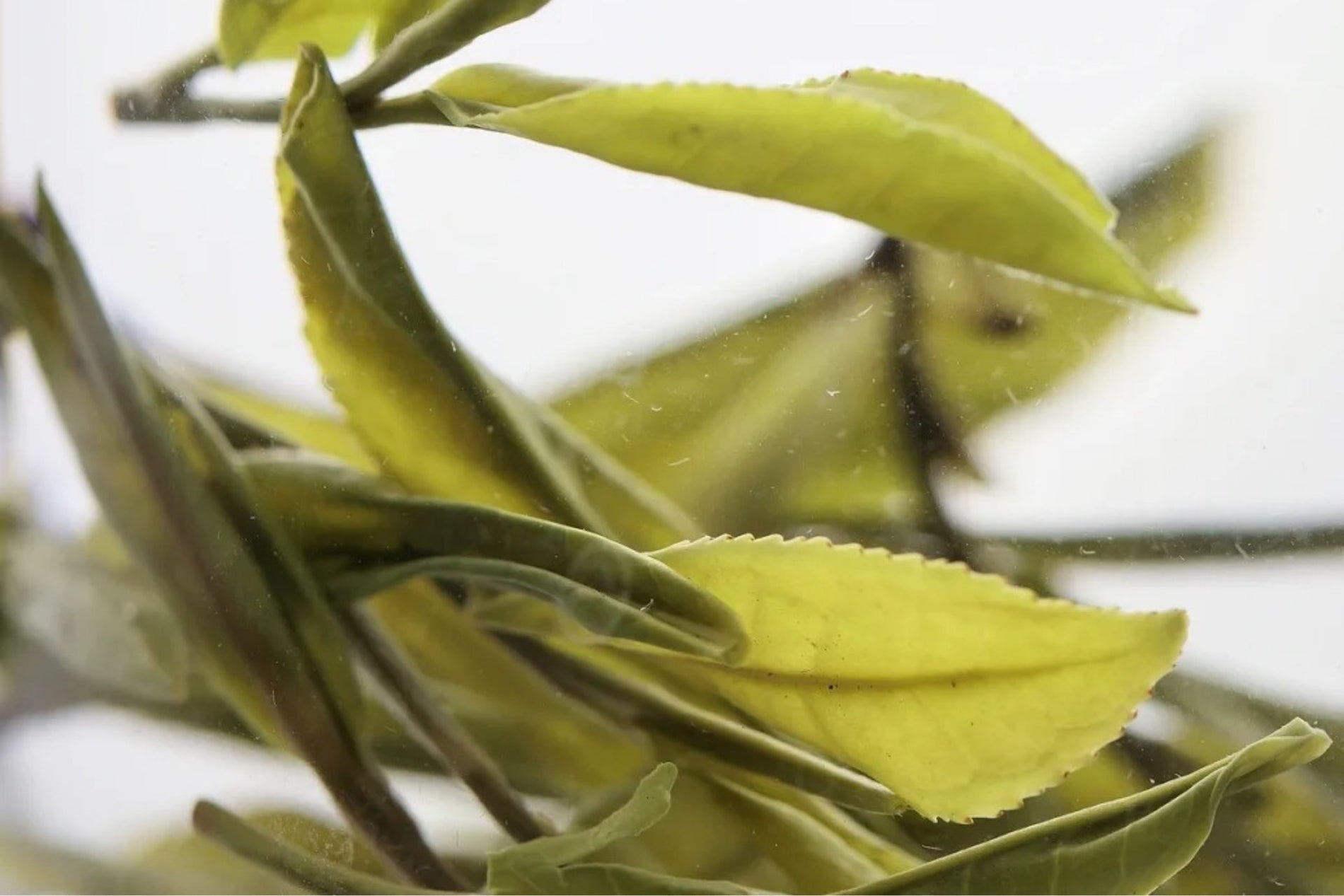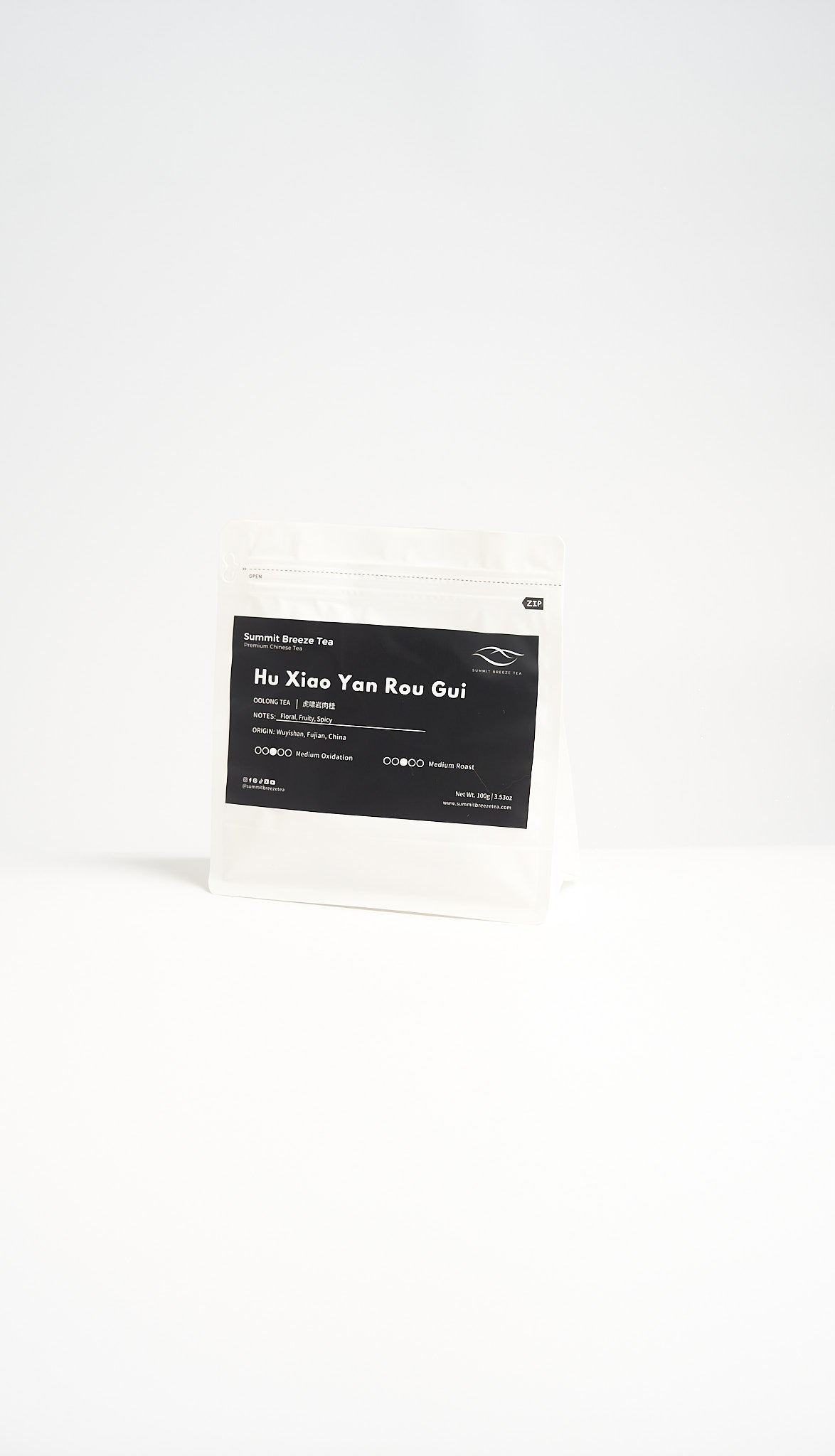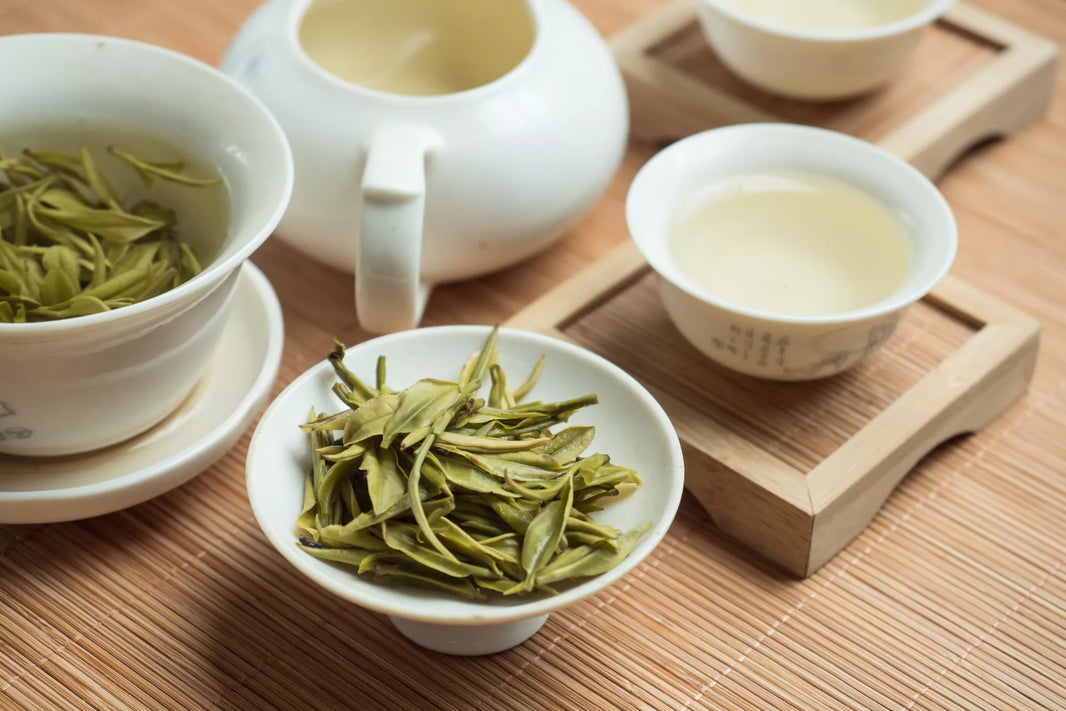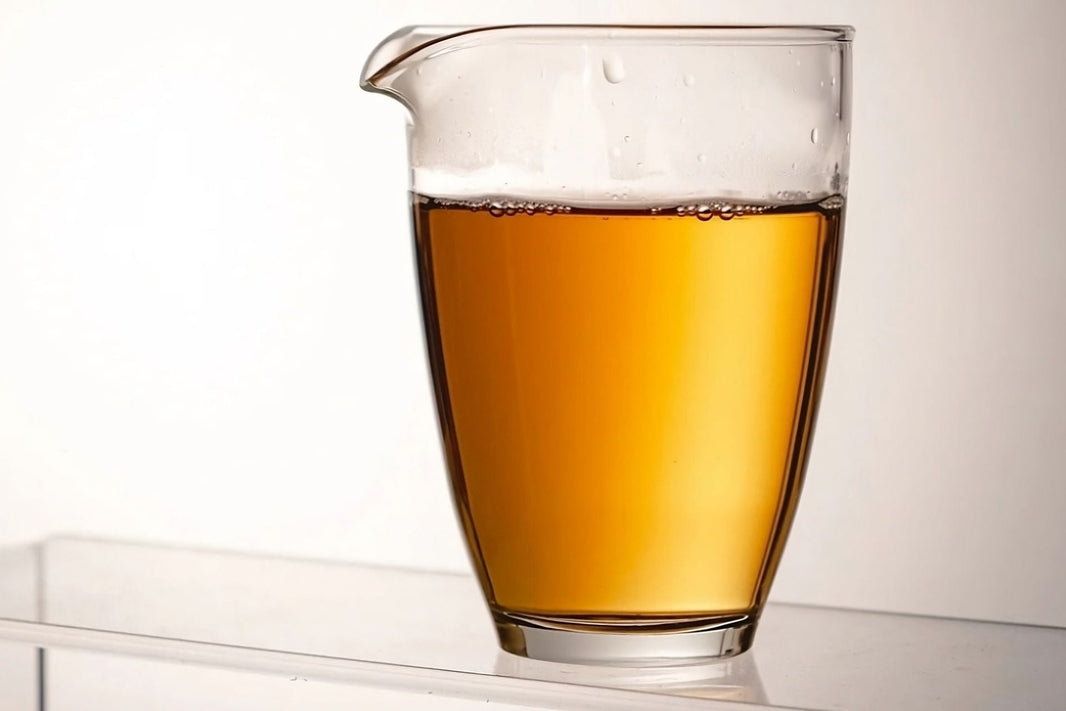Chinese tea has a long, rich history, but the classification of six major tea types is relatively recent. In 1979, Professor Chen Chuan, a leading tea scholar in China, introduced this system based on the degree of fermentation. The six categories are: green tea, white tea, yellow tea, oolong tea, black tea, and dark tea (or heicha).
This classification method, based on fermentation levels, has gained acceptance internationally. Green tea, oolong tea, and black tea are among the best-known types. Oolong tea, with a fermentation range from 10% to 70%, offers a broader spectrum of flavor and aroma than green or black tea.
Each tea has unique qualities as a beverage. Green tea tastes fresh and light, oolong is rich with floral and fruity aromas, and black tea has a smooth, full-bodied sweetness.
Buying Tips:
Green tea offers a refreshing taste and easy brewing.
Oolong tea, with its rich flavor, provides a unique experience each time. Consider Tie Guan Yin or Wuyi rock tea for lightly or medium-fermented options.
Black tea, known for its sweet aroma and rich taste, suits those who prefer mellow flavors. You can try out Jin Jun Mei or floral Lapsang Souchong.
Comparison of Components in Green, Oolong, and Black Teas
Green tea is made from young leaves. They are high in amino acids and catechins. This gives the tea strong antioxidants. It has the lowest caffeine, similar to lightly fermented oolong tea. The high vitamin C content adds to its refreshing taste.
Oolong tea is rich in polyphenols. Studies suggest they may lower triglycerides, blood sugar, and cholesterol. Oolong tea has the widest range of fermentation. It offers complex flavors, including floral and fruity notes.
Fully fermented black tea has tea polyphenols transformed into tannins. They give it a unique, full-bodied flavor. It has the lowest amino acid content but high polysaccharides. They may help regulate blood sugar.

Caffeine Comparison of Green, Oolong, and Black Teas
Green tea is unfermented, so it has the least caffeine. It has about 25-50 mg per 230 ml (8 oz) cup. However, matcha, a powdered green tea, can reach 70 mg per cup.
Lightly fermented oolong teas, like Tie Guan Yin and some Taiwanese oolongs, have caffeine levels similar to green tea. Medium to heavily fermented oolong teas have caffeine levels close to black tea, with 30-70 mg per 230 ml (8 oz). Black tea, with full fermentation, has the highest caffeine, around 40-90 mg 230 ml (8 oz).
All three types have lower caffeine than coffee, which contains around 95 mg per 230 ml (8 oz).

Processing Differences of Green, Oolong, and Black Teas
The primary difference between these teas lies in their fermentation levels. Green tea is unfermented, oolong tea varies from light to heavy fermentation, and black tea is fully fermented.
- Green tea uses young buds and involves picking, withering, heating, rolling, and drying.
- Oolong tea uses mature leaves. It involves picking, withering, tossing, heating, rolling, drying, and roasting.
- Black tea also uses young leaves and involves withering, rolling, fermenting, and drying.
It is worth noting that oolong tea is the most complex tea to process among the six major types of tea. The tea maker's skill greatly affects the oolong tea's quality.
Flavor Comparison of Green, Oolong, and Black Teas
- Green tea has a fresh, brisk taste with a hint of sweetness and mild bitterness. The color is a light green or yellow with a natural aroma.
- Oolong tea balances polyphenols and amino acids. Lightly fermented oolong has floral aromas and a refreshing taste. Medium-fermented oolong is roasted. It has floral and fruity notes and a very rich flavor.
- Black tea is mellow and smooth due to full fermentation. Its polyphenols turn into theaflavins and thearubigins. They give it a sweet, mellow flavor. The color is golden to amber. Specialty black teas, like smoky Lapsang Souchong, have unique smoky, cinnamon-like notes.
Differences in Brewing Temperature for Green, Oolong, and Black Teas

Green and black teas use tender leaves and have more amino acids. So, they should not be brewed with very hot water. Too high a temperature can cause green tea to develop a “cooked” taste, losing its freshness. Green tea should be brewed at around 85°C.
Oolong tea, however, needs boiling water to bring out its aroma, as lower temperatures do not fully release its fragrance.
Black tea is best brewed at about 90°C. If over-fermented or poorly stored, it can taste acidic. This may be due to its processing or storage. Using water at 85–90°C can help avoid this acidity.
How to Store Green Tea, Oolong Tea, and Dark Tea
To keep green tea and light fermented oolong tea fresh, store them in the fridge at 0–5°C (32–41°F). Consume within a year.
Store moderately fermented oolong and black tea at room temperature. Use a sealed container in a dry, dark place. It’s best to consume them within three years.


